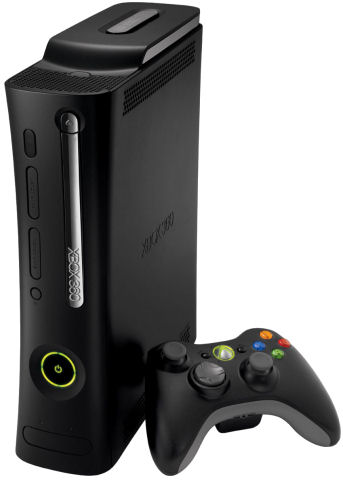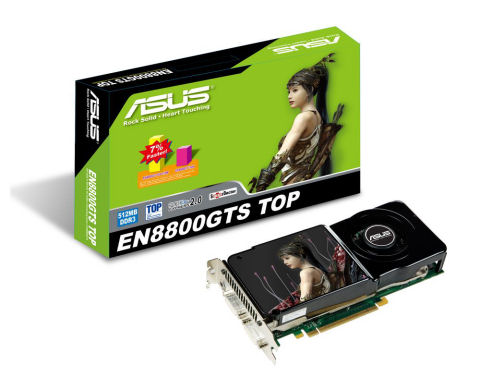
This past week I’ve been working on my WiX XNA installer template again because I really wanted to integrate installer generation into my continuous integration builds. That way, I can hand test versions to friends without explaining in detail how to get it to run and it’s one less worry I have when I release the game.
After some FAQ reading and some questions on the XNA Forums, I had the certainty that XNA 3.0 can be deployed with .NET 2.0 only (if you change your project configurations to target .NET 2.0). This is good news because the .NET 3.5 installer is huge and, on a fresh system, I’ve had about a 1 in 10 success quote of the installer finishing without an error, so my trust in the .NET 3.5 installer is completely shattered.








